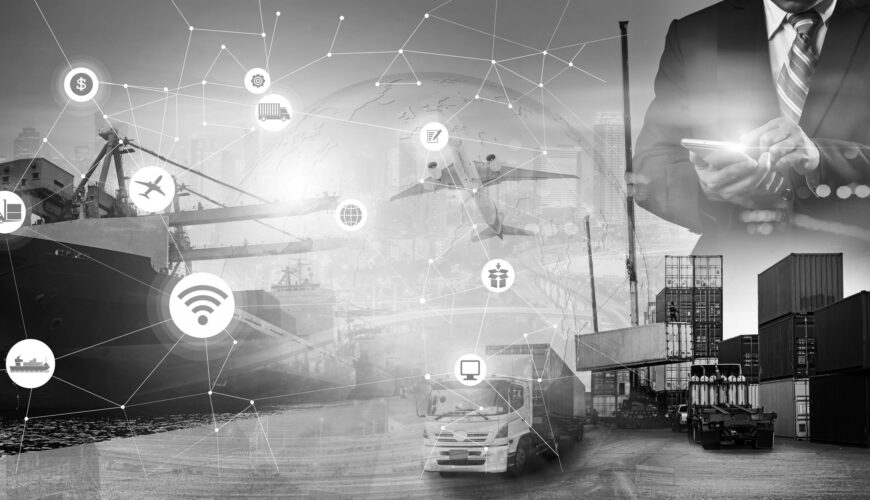Can your operation boast visibility into the entire supply chain? Today’s supply chain is full of unprecedented challenges, heaped on top of complex issues. From managing traditional tasks like inventory management, demand forecasting, and supplier relationships to planning, transportation, and more, supply chain managers have always had their hands full. Today they must additionally wrangle with a series of disruptions.
From the pandemic to wars, climate change, and explosive e-commerce growth, there’s a real need for visibility into the entire supply chain. You should be able to monitor shipments in real-time, manage your warehouse operations, and monitor transportation of all types. Resiliency is the name of the game.
Yet a tiny percentage of logistics companies report full visibility across their supply chains. When you can’t see activities across the board, you’re missing out on crucial information that can help optimize processes, identify bottlenecks, and increase efficiency. Now is the time to identify your visibility gaps and strategize how to close them.
Part of the problem lies in the fact that many organizations operate in silos. One part of the supply chain might use one platform, while another will be drastically different and often dated. This leads to a significant gap in data and data sharing.
Some of the issues with the visibility gap are due to poor communication and human error. If a warehouse worker places an item in the wrong location, that error can lead to confusion and lost time trying to locate it. Older, legacy systems can also be problematic, as they prevent real-time data sharing and are not equipped to maneuver as quickly as today’s supply chain demands.
When the visibility gap is present, it can lead to inefficiencies. These include increased operating costs, unhappy customers, and risk exposure. Without visibility, your supply chain can respond late to today’s many disruptions. Failing to pivot and change, organizations can get left behind.
The answer, then, is to close that visibility gap. Several approaches to addressing this, layered together, can lead to the best results.
The first is to ensure you can access real-time data. This way, you can get a complete view of your operations and match them to your warehouse management systems, identifying any discrepancies.
Another tool is advanced analytics and predictive monitoring. This will allow you to predict demand fluctuations, identify potential bottlenecks in the warehouse, and optimize your inventory. Alongside advanced analytics, you should also upgrade your technology infrastructure. This includes your WMS, cloud-based solutions, and the Internet of Things (IoT).
Collaboration with your supply chain partners is essential, too. Coordinate on shared platforms and establish standardized data exchange protocols for seamless information flow back and forth. Also, adopt a continuous improvement strategy because one certainty is that the supply chain is ever-changing and challenged at an increasingly faster pace than ever before. End-to-end visibility is essential to supply chain resilience.


